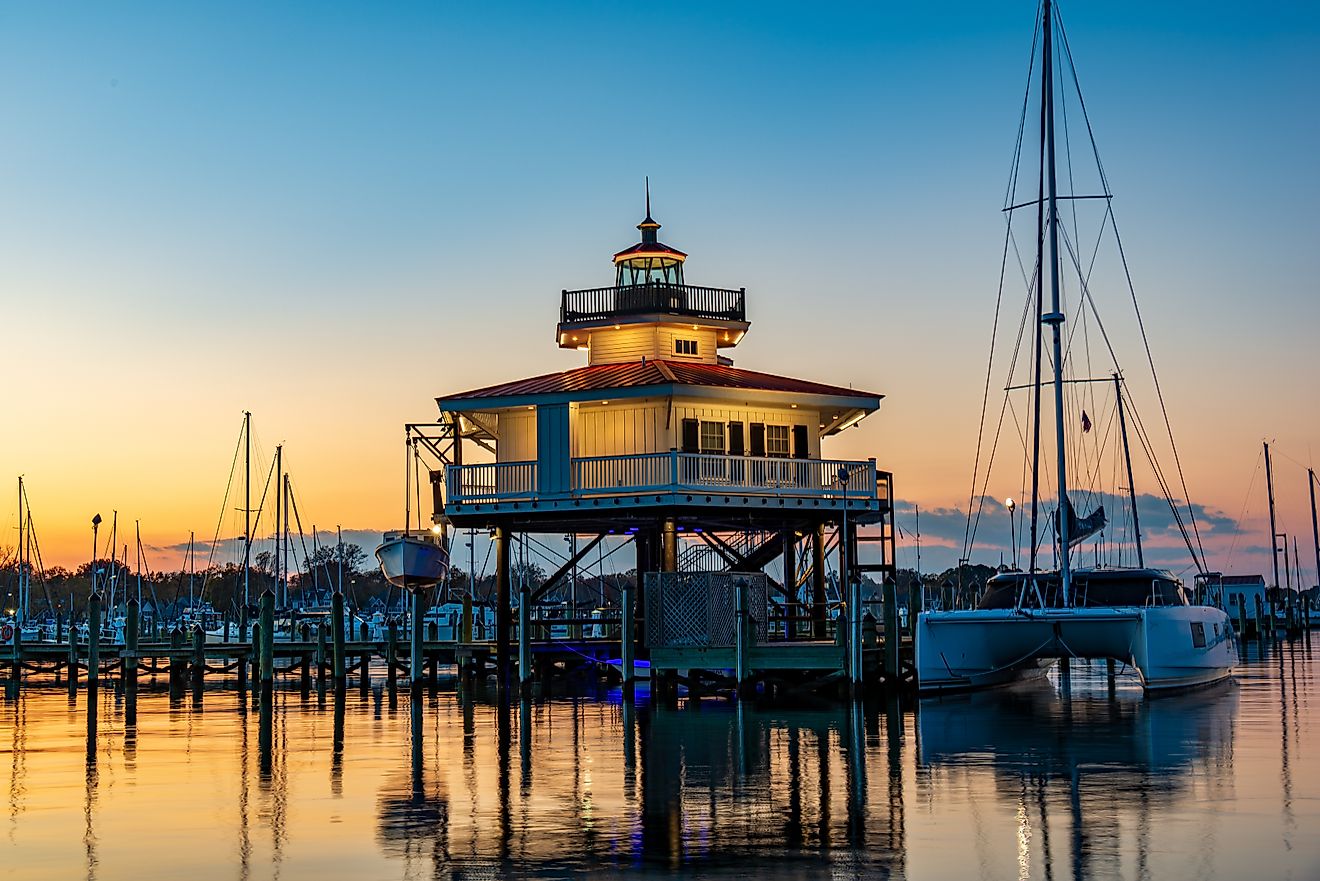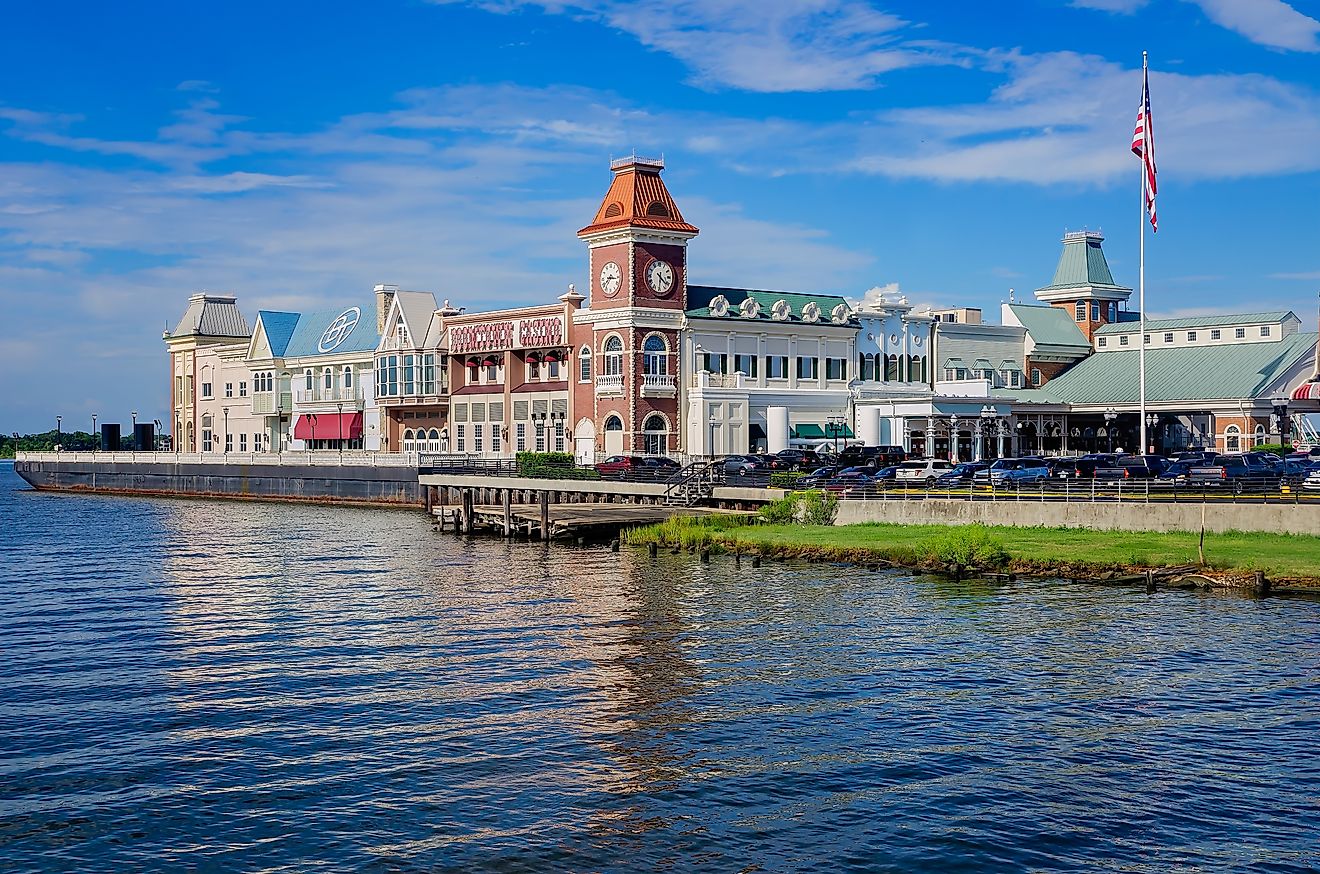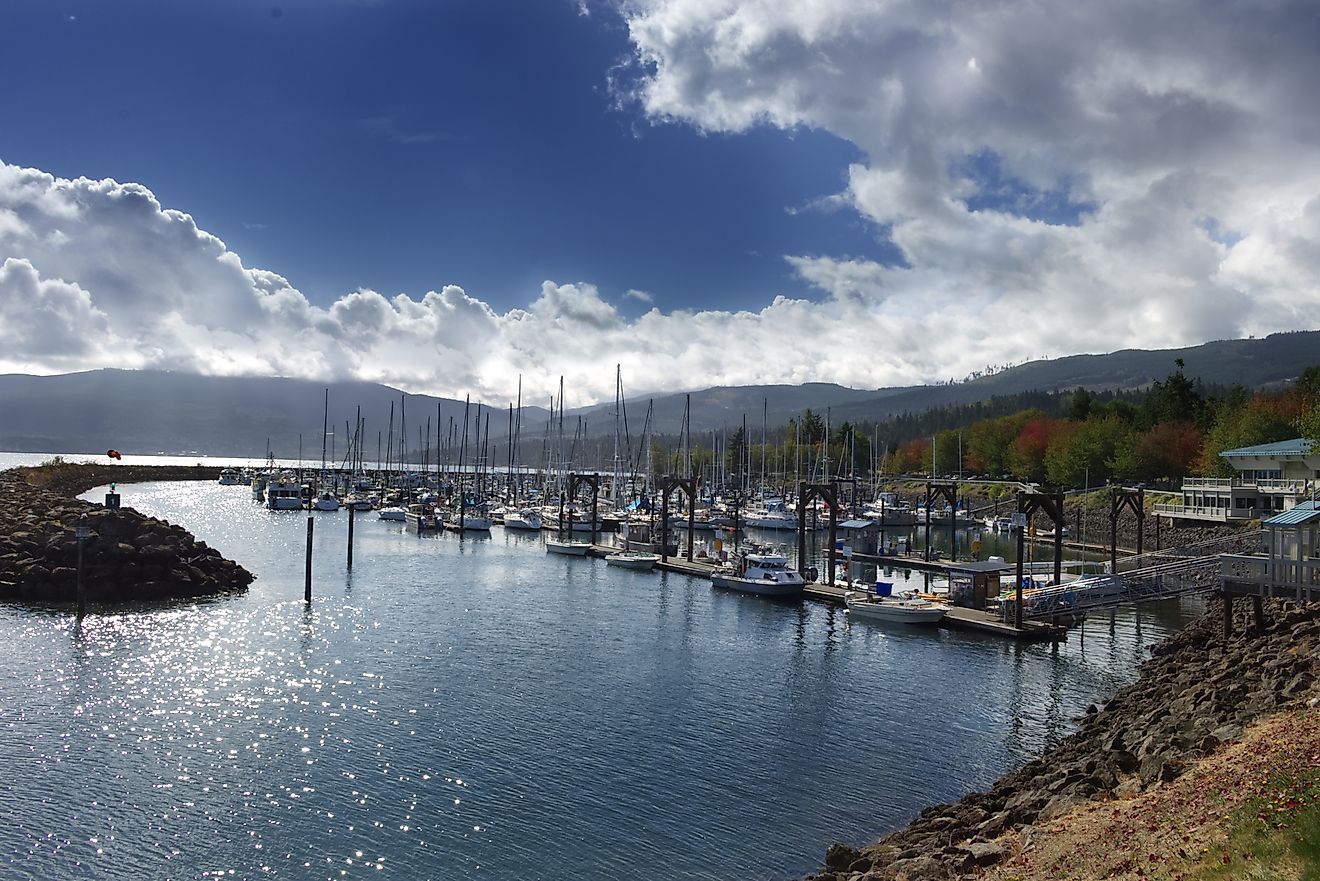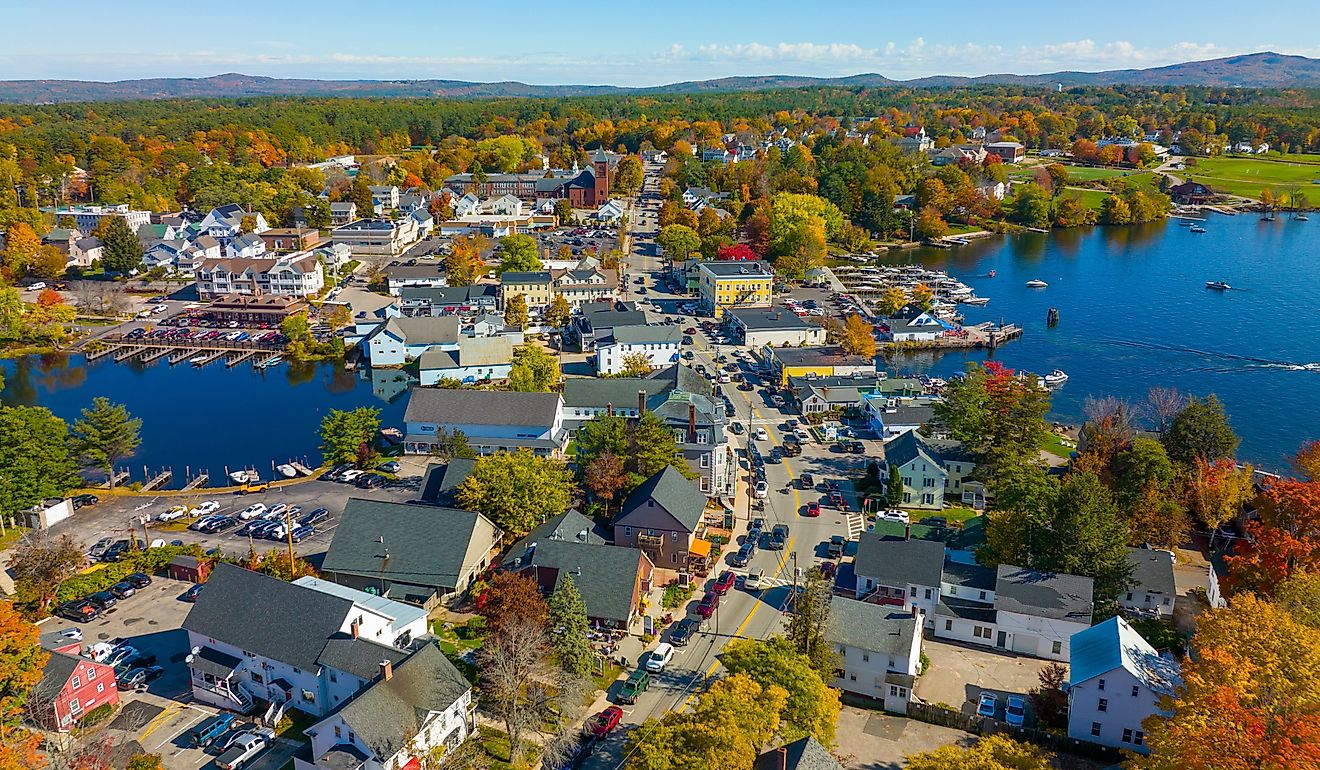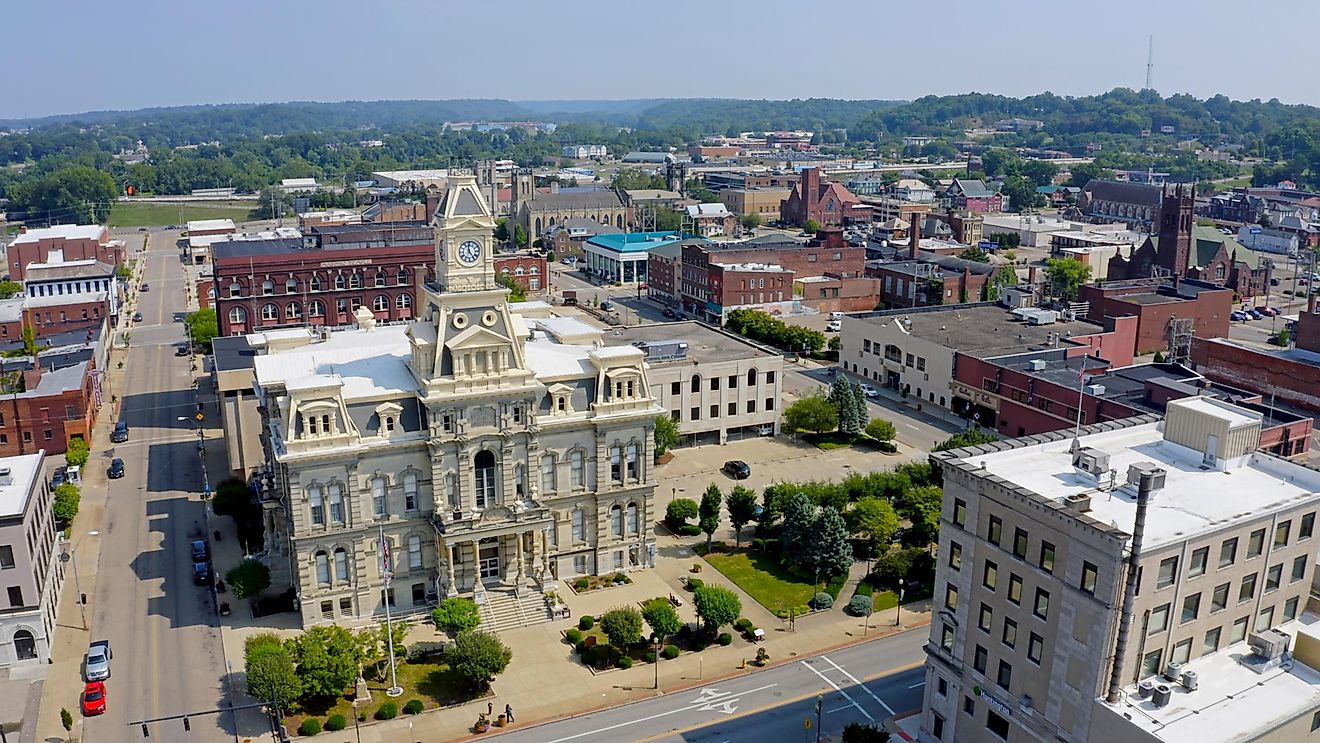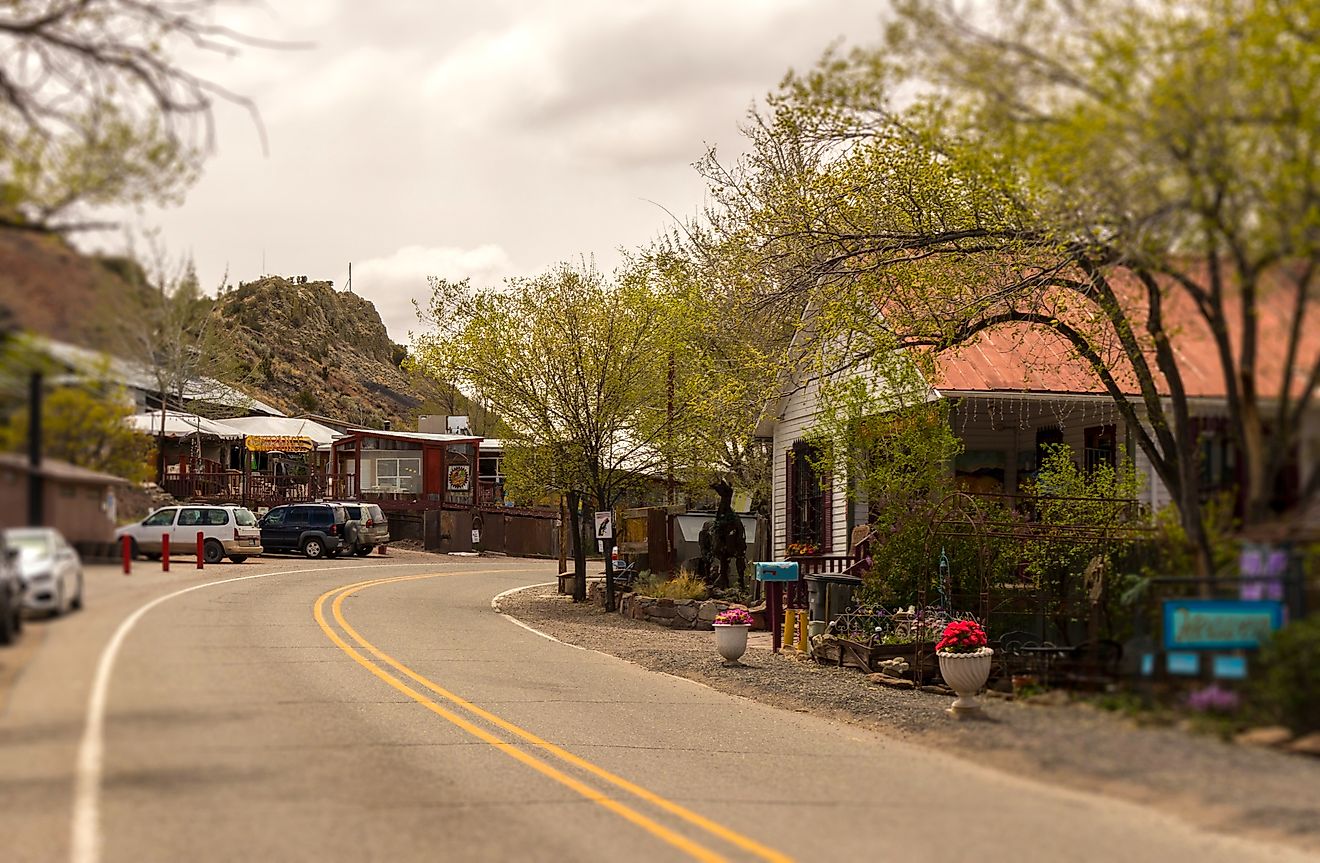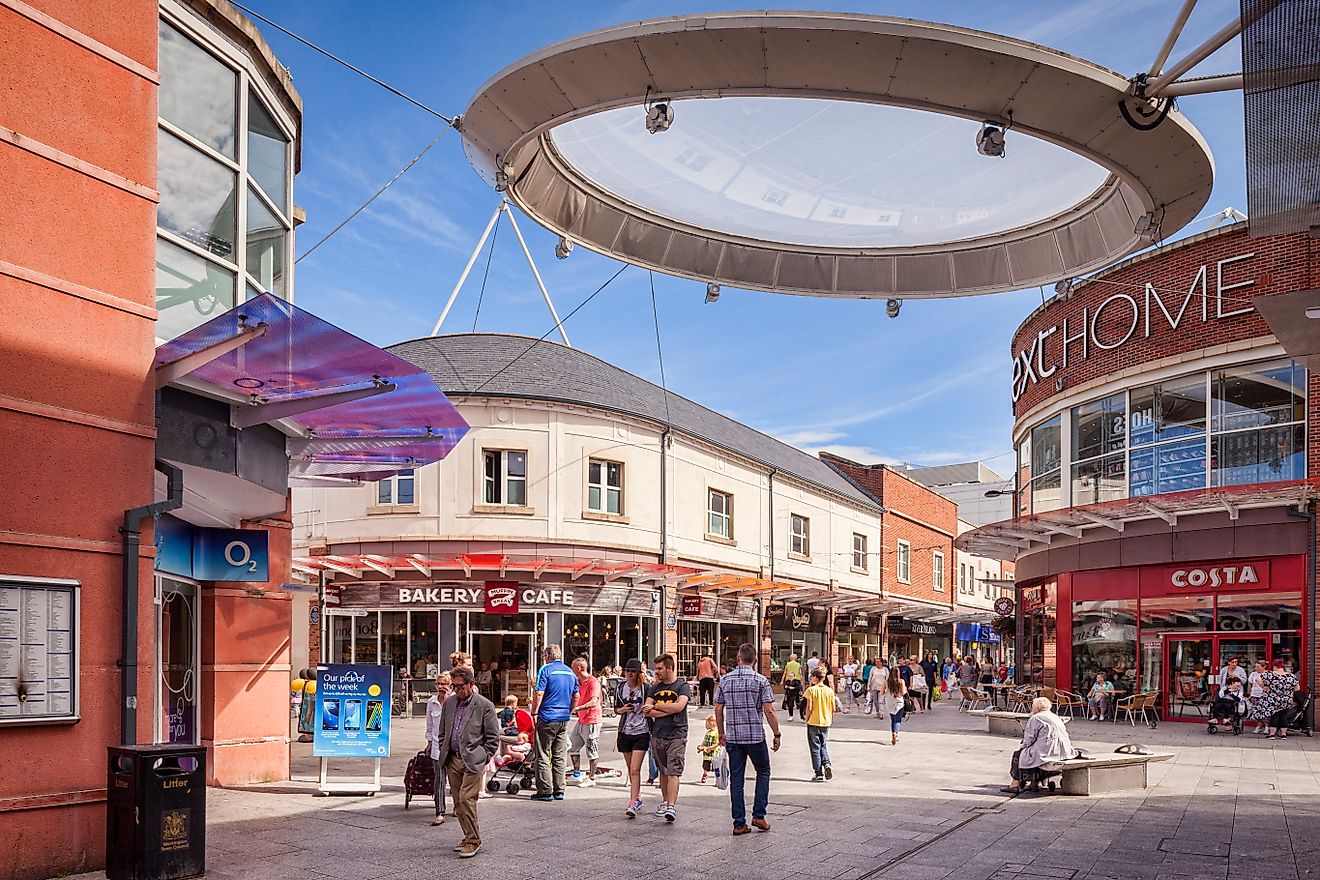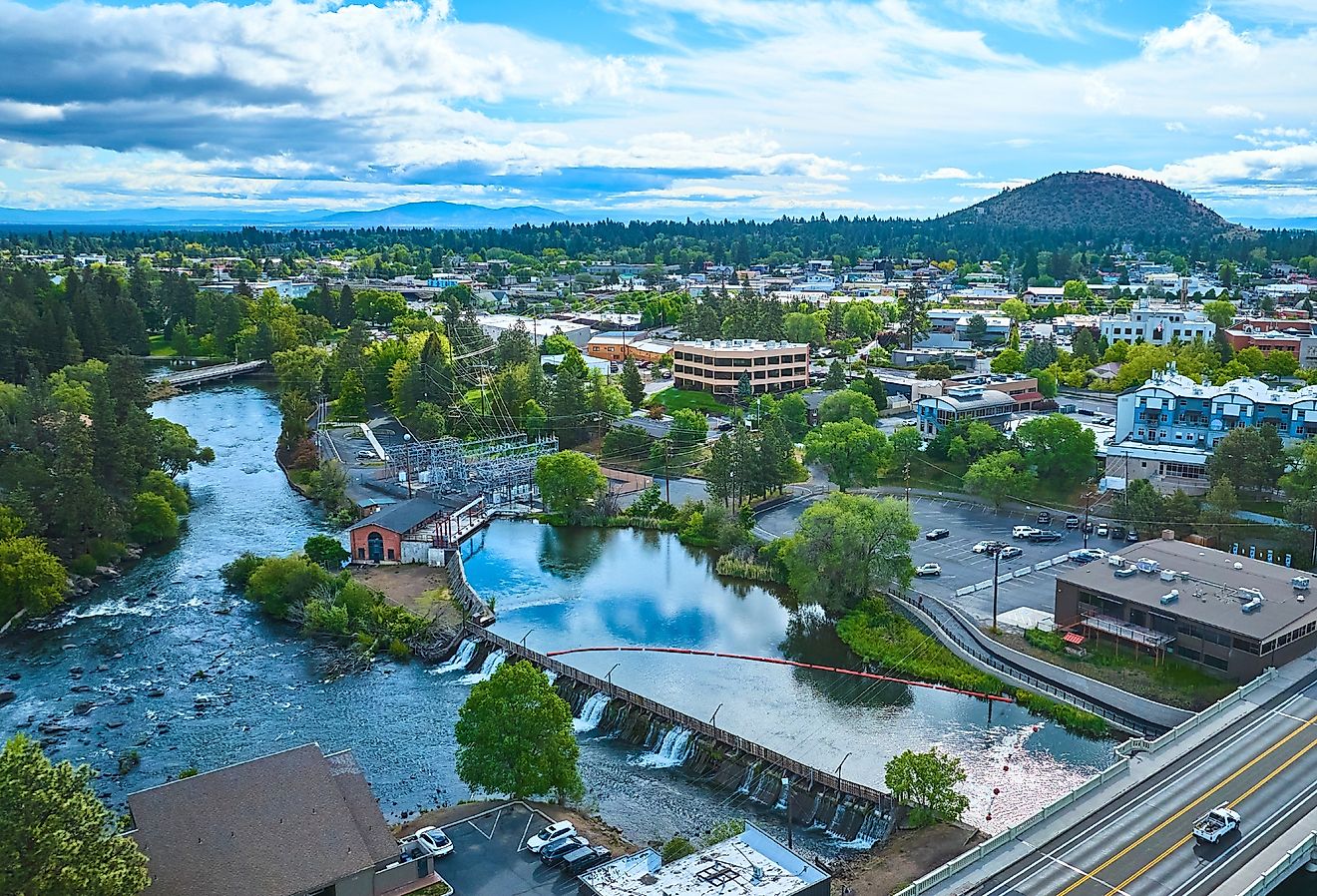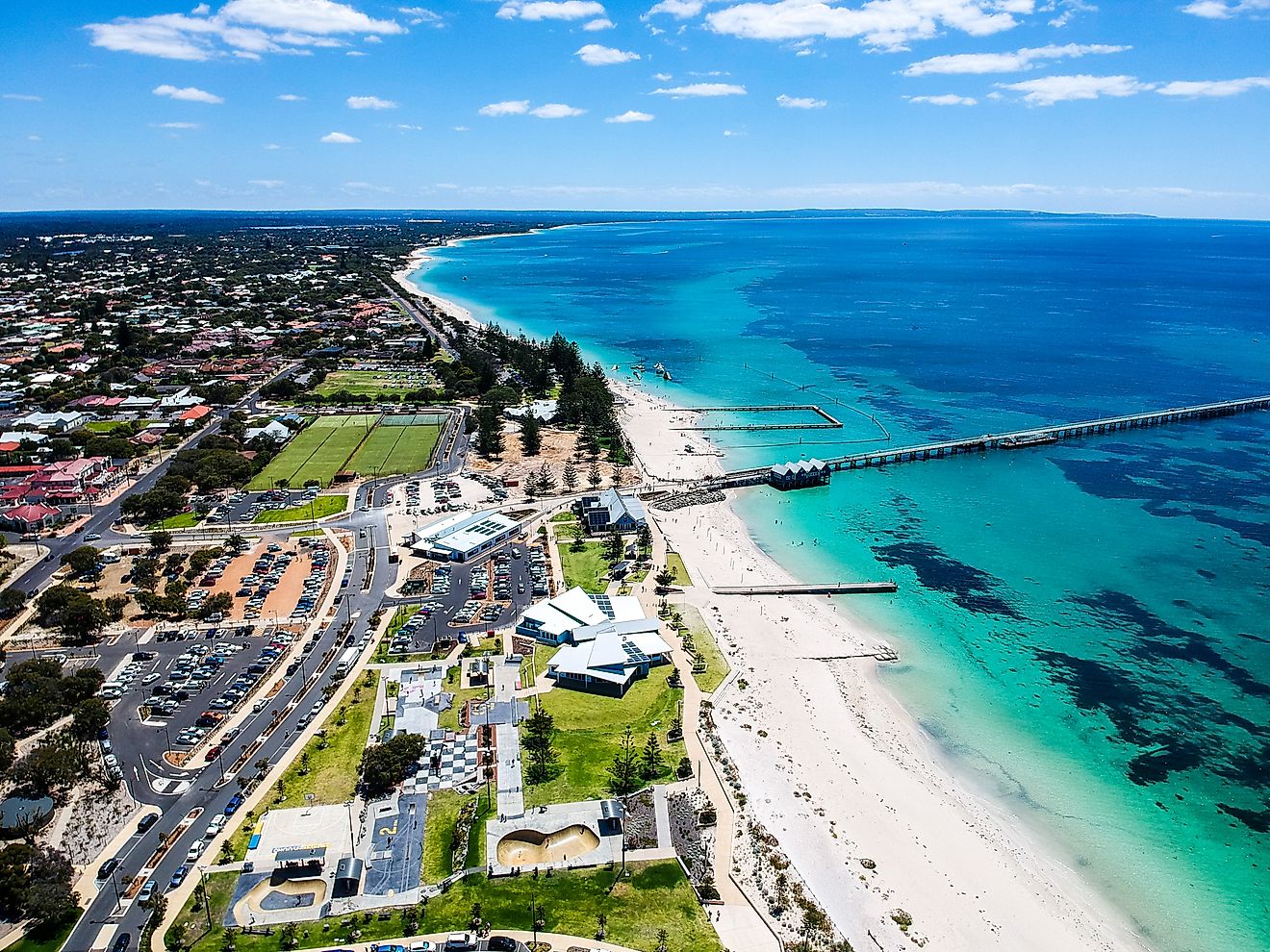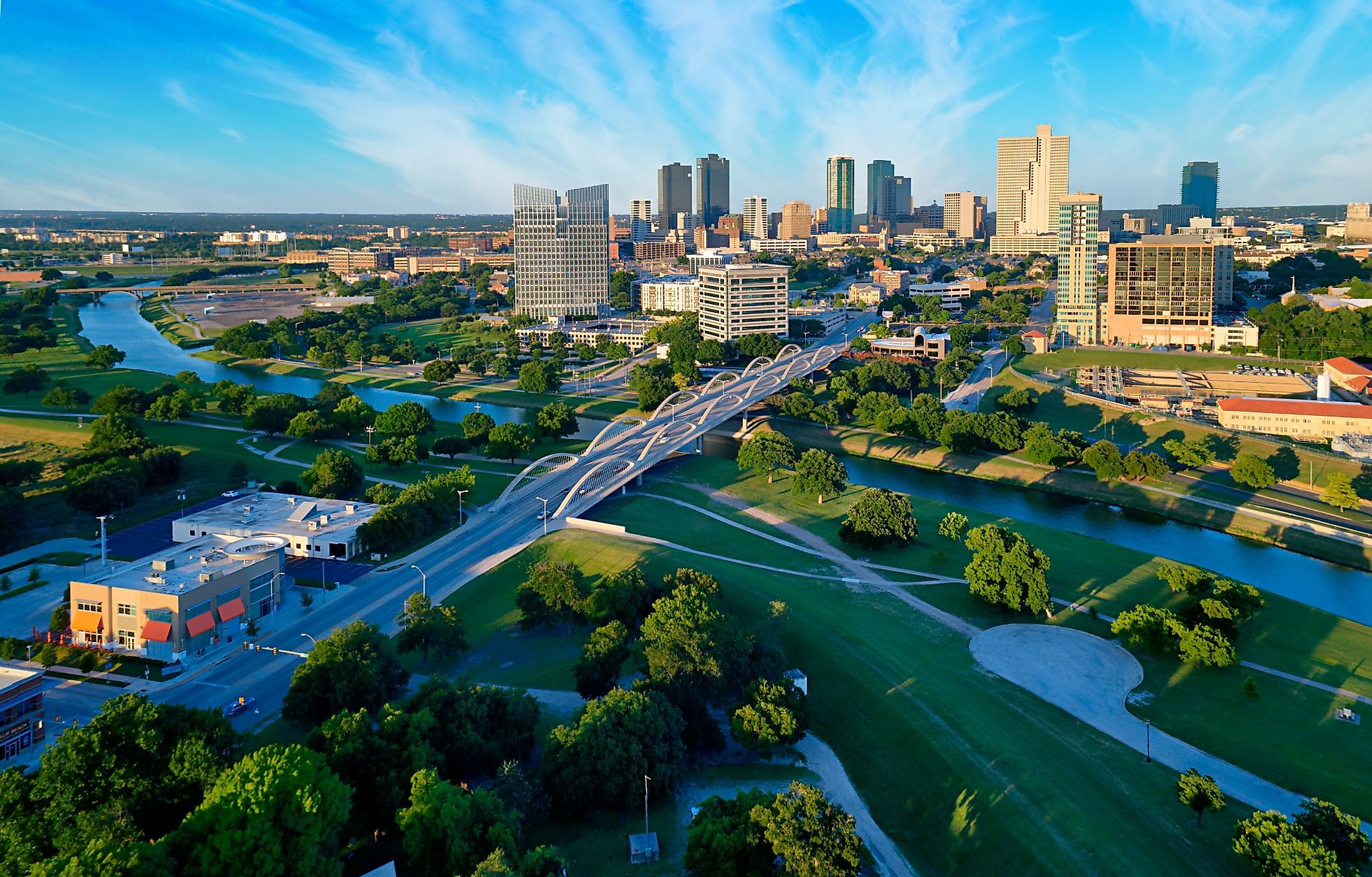
Fort Worth, Texas
Located at the meeting point of Clear fork and the West fork of the Trinity River, this beautiful city is part of the Dallas–Fort Worth urban area, locally known as the Metroplex. Fort Worth, situated in the north-central portion of the US State of Texas serves as the seat of Tarrant County. Famous as one of the best cities in Texas, it has preserved its rich old-west heritage along with its striking South Western American history.
Geography Of Fort Worth
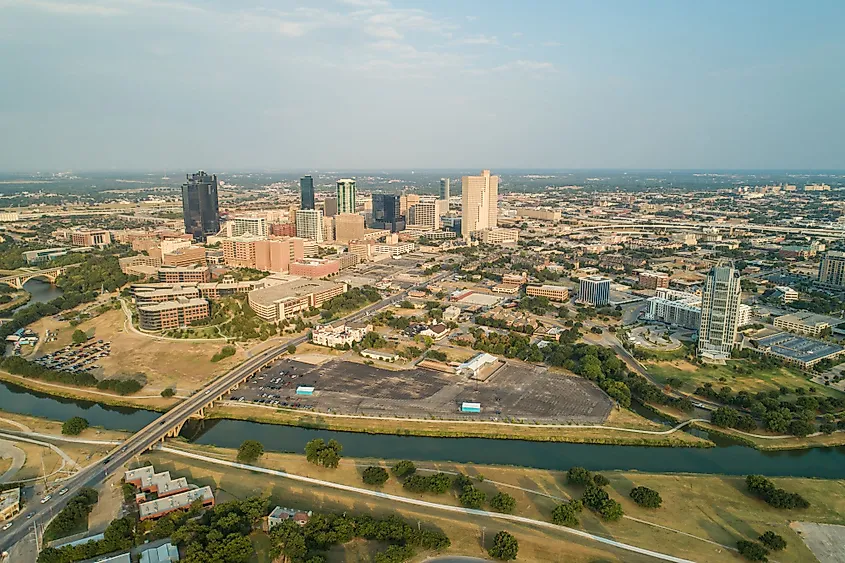
Fort Worth covers a total area of 920.89 sq.km, of which 899.44 sq.km is occupied by land and 21.45 sq.km is covered by water. Being part of the Cross Timbers region, Forth Worth lies between hills and prairies in the central region and densely forested areas in the eastern region, mainly made up of savanna, prairie, and woodland. More accurately, the city belongs to the Grand Prairie ecoregion within the Cross Timbers. Lake Worth, Eagle Mountain Lake, Benbrook, and Arlington Lakes constitute the city’s northwest and southern borders with the Clear and West forks of the Trinity River joining near the center of the city. Situated in the Great Plains region of north-central Texas, with Dallas about 30 miles to the east, the city is not completely connected and has many pockets, regions of land, and other cities that are almost nearly or entirely surrounded by it including Haslet, Lakeside, Sansom Park, Westover Hills, Edgecliff Village, etc.
Fort Worth is segregated from Dallas by Dallas-Fort Worth International Airport and several smaller central cities. The other prominent cities close to Fort Worth are Richardson, North Richland Hills, Mesquite, Lewisville, Garland, Denton, and Arlington. Even with modern big buildings and busy industries today, the city still maintains its culture and Old West Heritage. As per the latest US census, the city’s population was estimated to be 958,692 making it the state's fifth largest city and the country's 13th largest city. Hence, being a prominent city, it is also the second largest in the Dallas–Fort Worth–Arlington metropolitan area.
Climate Of Fort Worth
As per the Köppen climate classification, Fort Worth experiences a humid subtropical climate, with long hot summers and mild to cool short winters. The coldest month is January with an average high of 56° F and an average low of 35 °F. The hottest month is August with an average high of 96° F and an average overnight low temperature of 75 °F. The city’s proximity to North Texas makes it a target for thunderstorms which can produce lots of hail and tornadoes. The city receives an average annual precipitation of about 35.34 inches with May being the wettest month of the year and January being the driest. Also, February is the month that sees snowfall with the average annual snowfall being about 2.6 inches.
History Of Fort Worth
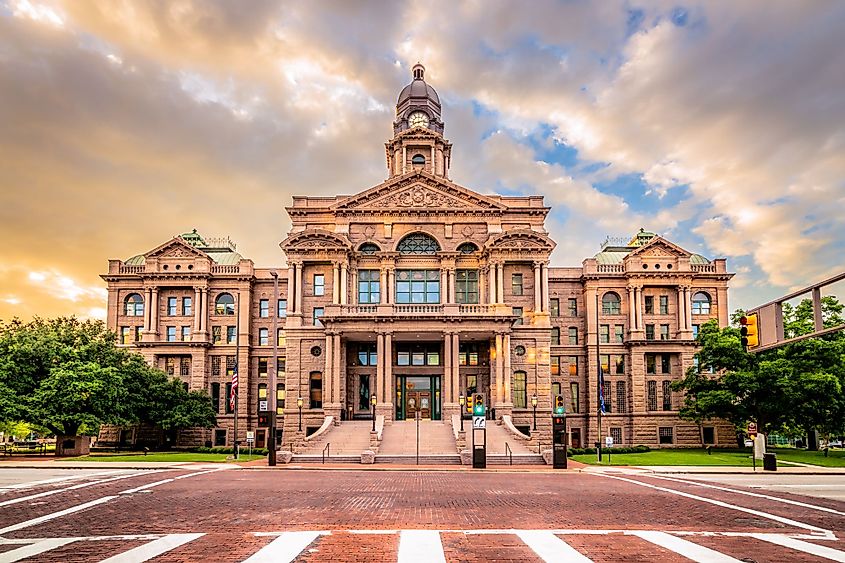
Major Ripley Allen Arnold was instrumental in establishing the city in 1849 as a military outpost against Comanche raids. Post the Mexican–American War, at the confluence of the Clear and West forks of the Trinity River, the US War Department set Fort Worth at the north among ten forts for defending the American border. Named after Major General William Jenkins Worth, a very prominent commander of the US troops in Texas in the earlier years, Fort Worth eventually came up because of the courage, attempts, and sacrifice of numerous women and men.
After the army left in 1853, new dwellers from around gradually moved into the city with the community slowly growing by 1856. What began as a small outpost on a rural territory now became a lively city, characteristically Texan, and one of the most desired places to settle in. A popular voting system decided that it would be the new county seat. In 1860, the city officially became the county seat displacing neighboring Birdville which was the former county seat. At present, this gorgeous city with a population greater than 900,000 integrates its oil heritage, and cattle ranching with the expanding, heterogenous network of businesses and companies. The very mention of its history is an American Saga that will be recounted for generations to come.
Landmarks And Attractions In Fort Worth
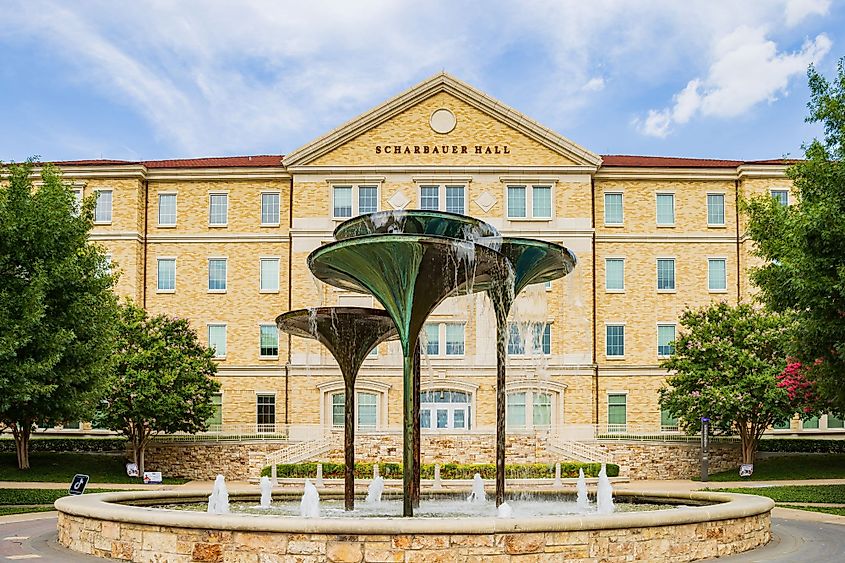
The city has a lot of significant landmarks including tourist attractions, historic hallmarks, and educational institutions. Since the city’s resurgence, it has become even more touristic and culturally attractive. From convention centers, museums, annual events ballet, and opera performances, to lakes and other such amazing outdoor attractions, Fort Worth has wonders to enjoy and explore. Among the significant pillars of the city are its higher learning institutions which include the Texas Christian University, Texas Wesleyan University, Southwestern Baptist Theological Seminary, and Tarrant County College. Set in the east, is the University of Texas at Arlington while the city has The Health Science Center of the University of North Texas.
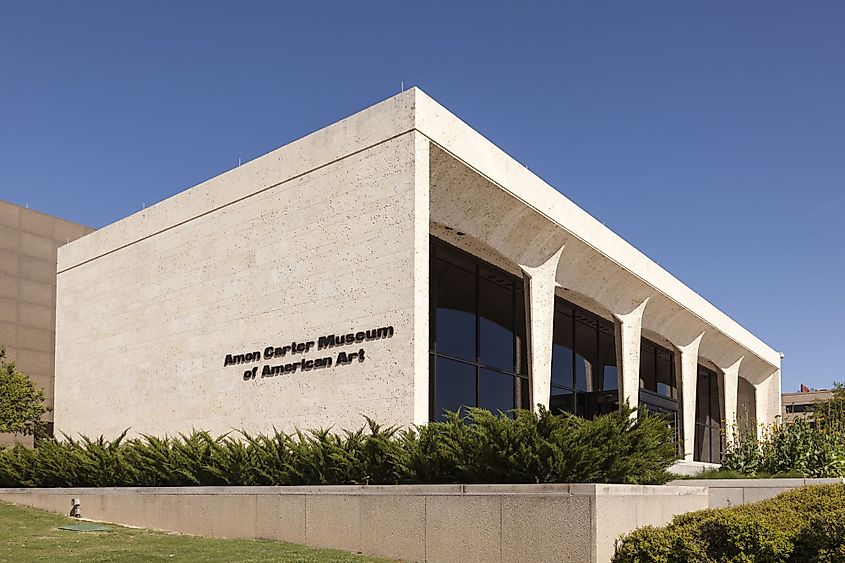
The other big and famous landmark is Fort Worth’s Will Rogers Memorial Center which has an auditorium and a coliseum. Close to the memorial center is the Amon Carter Museum with a fine collection of paintings particularly of the American West, the Kimbell Art Museum, the state’s oldest art museum called the Modern Art Museum of Ford Worth, and the Fort Worth Museum of Science and History. Another fascinating place is the Fort Worth Convention Center which spans fourteen city blocks downtown. The old cattle ranches and pens have now become a national historic zone with a spotlight on western-themed festivals, shops, restaurants, and rodeos. The exciting Southwestern Exposition Livestock Show and Rodeo take place annually in January, which attracts many locals and tourists.
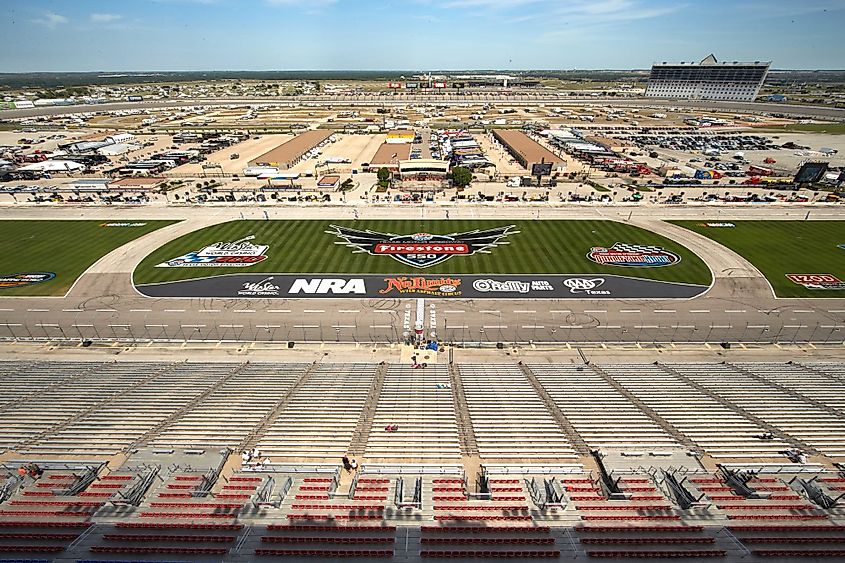
The north of the city has one of the nation’s largest and most expensive sports facilities called The Texas Motor Speedway, something that sports lovers would delight in. The residents of the city can enroll in recreational leagues such as Athletic Centers like Sycamore’s, Haw’s, Fort Worth Golf, and McLeland Tennis Center. The city’s cultural amusements include a symphony orchestra, opera and ballet companies, and many theatres while among the recreational centers are lakes, botanical gardens, and the amazing Fort Worth Zoo. The Fort Worth Nature Center and Refuge, a natural area with forests, wetlands, and prairies around Lake Worth, on the city’s northwest corner is a fantastic place to explore and enjoy the outdoors.
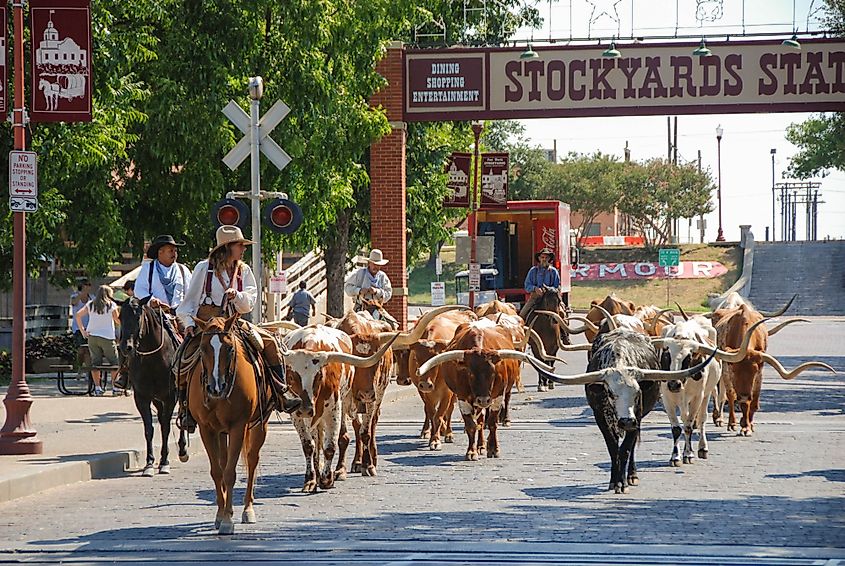
The city of Fort Worth is called “Cowtown” because of its profound base in cattle ranching, the industry is characteristic of the city’s culture and tradition. Since the city is close to Dallas, some still prefer to consider it as a Dallas suburb but the city has its own uniqueness and identity. The city’s notable history, diversity, tradition, and hard-working community make it one of the best places to be in.
